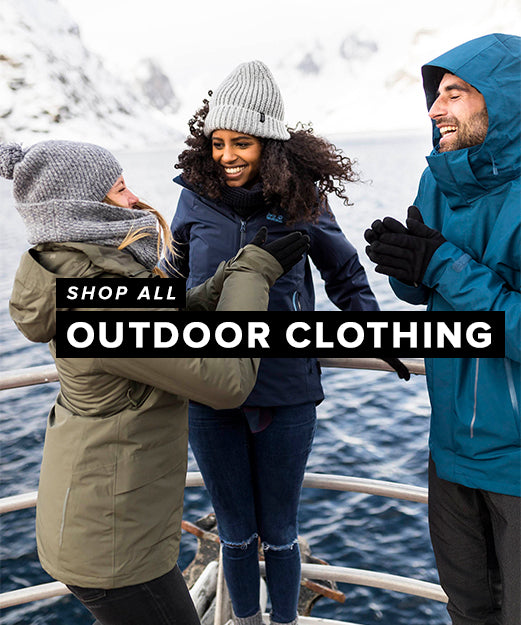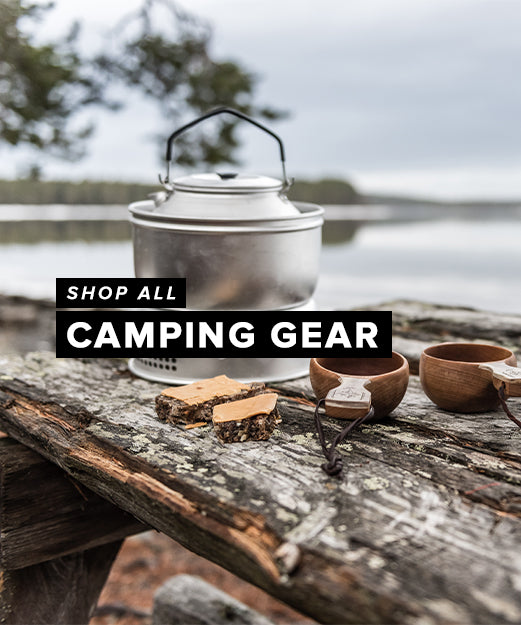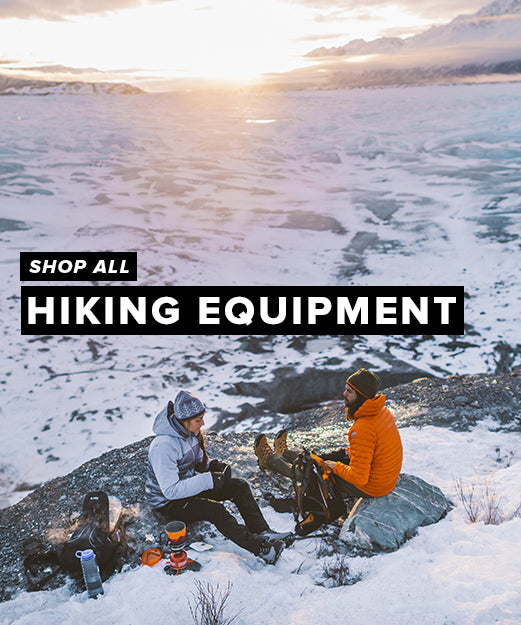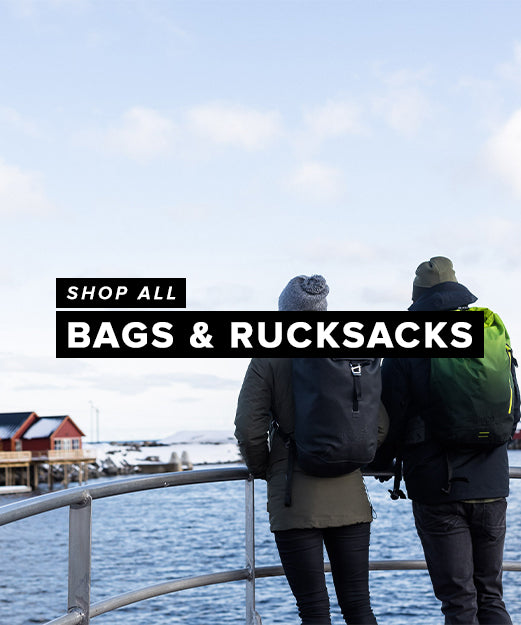Not getting a good night’s sleep is a sure way to dampen anyone’s spirits and spoil an otherwise great trip outdoors. Ensuring you get your allotted 40 winks is dependent on several things, but ultimately a good sleeping bag is key. With the huge array of sleeping bags available, how do you know which one is right for you?

Season Ratings
Sleeping bags are often grouped according to a season rating, used to indicate the ideal time of year or temperature for which they are best suited. These are best used as a guideline as season temperatures will vary depending on weather and the country you are camping in.
| 1 Season | Summer use | +5°C overnight |
| 2 Season | Late spring to early autumn use | 0°C overnight |
| 3 Season | Autumn and winter use | 0 to -5°C overnight |
| 4 Season | Winter use | -5°C and lower overnight |
| 5 Season | Expedition use (arctic or mountain conditions) | -10°C and lower overnight |
Obviously the better equipped a sleeping bag is for colder conditions, the bigger and heavier it will be. This is important to take into account when packing for your trip. You can also get more use from your sleeping bag with a sleeping bag liner which adds additional warmth and allows you to use your sleeping bag in cooler temperatures than it is designed for.
As well as a season guide, sleeping bags usually come with a range of temperature ratings, often listed as a ‘comfort’, ‘limit’ and ‘extreme’ rating. The comfort rating is exactly as it says, the temperature that you will feel comfortable at when using the sleeping bag. The limit rating (sometimes there is an upper and lower limit) is the temperature at which you will start to feel cold (or warm) using the bag and the extreme rating is the very limit at which the bag will prevent you from becoming ill from the cold (due to hyperthermia or even frostbite). This lowest rating should not be considered when purchasing a bag as it is not intended to be used at this temperature.
These ratings are intended for guidance only and what one person may consider to be a comfortable sleeping temperature may differ to another person.
Mummy or Rectangular?
Or extra large? Sleeping bags come in a range of shapes and sizes but most are divided into the classic rectangular bag and the cocooning mummy bag. Generally rectangular bags fall into two categories; your more basic, entry level sleeping bag and more luxurious sleeping bags designed for car and caravan camping. They are less effective at keeping in heat and tend to be bigger and heavier but allow more freedom to move around.
Mummy bags trap in more heat thanks to their more fitted shape and pack up smaller and lighter thanks to the reduced material. Often available with a hood for additional warmth, these bags are better suited to backpacking and more minimal camping as well as colder weather conditions.
Sleeping bags may also be available in longer length and extra wide options or women’s and children’s specific versions (that are designed to be warmer), all depending on your personal preferences for comfort.

Synthetic or Down
Sleeping bags will either be filled with a synthetic, man-made insulation or natural down. Both have their advantages and disadvantages, so to decide which one is best for you (remember to consider what you will be using your sleeping bag for and where you will be using it) take a look at our comparison chart designed to help you make your choice.
| Synthetic | Down |
| Synthetic insulation retains heat well, especially the more technical fibres designed to mimic the heat retaining properties of down, but ultimately synthetic materials do not insulate as well as down and are less effective in colder temperatures. | Down is naturally an excellent thermal insulator. When buying down you should look out for the fill power, the higher the better, as this indicates the level of insulation provided. |
| Synthetic insulation, however, is much better at retaining heat when wet and dries much faster than down, making it ideal for damp and rainy conditions. | Down loses the ability to retain heat when it becomes wet and although new technology has resulted in water repellent down options it is not as effective at trapping in warmth as synthetic filling and takes longer to dry. |
| Synthetic insulation is heavier and less compressible than down meaning sleeping bags are generally bulkier. | Down has a very good weight to warmth ratio and is very compressible, making it ideal for trip when you are limited on space and weight. |
| Synthetic sleeping bags are usually easy to care for and do not require any special cleaning. | Down requires a little more care when cleaning and should be stored carefully to prevent its performance from being affected. |
| Synthetic insulation is not as long lasting as down, however it is often hypoallergenic, more breathable and prevents odours for longer. | Down, if looked after properly, is durable however they may become more allergenic as they age, which is something to consider if you suffer from allergies. |
| Synthetic insulation is man-made and as a result is much more affordable than down. | Down feathers come from duck or geese and Simply Hike only stocks responsibly sourced down. This is reflected in the price of down products which are more expensive than synthetics. |
You can shop our full range of sleeping bags here.
 NEW!! Free UK Delivery
NEW!! Free UK Delivery Hassle-Free Returns
Hassle-Free Returns Clearpay
Clearpay









